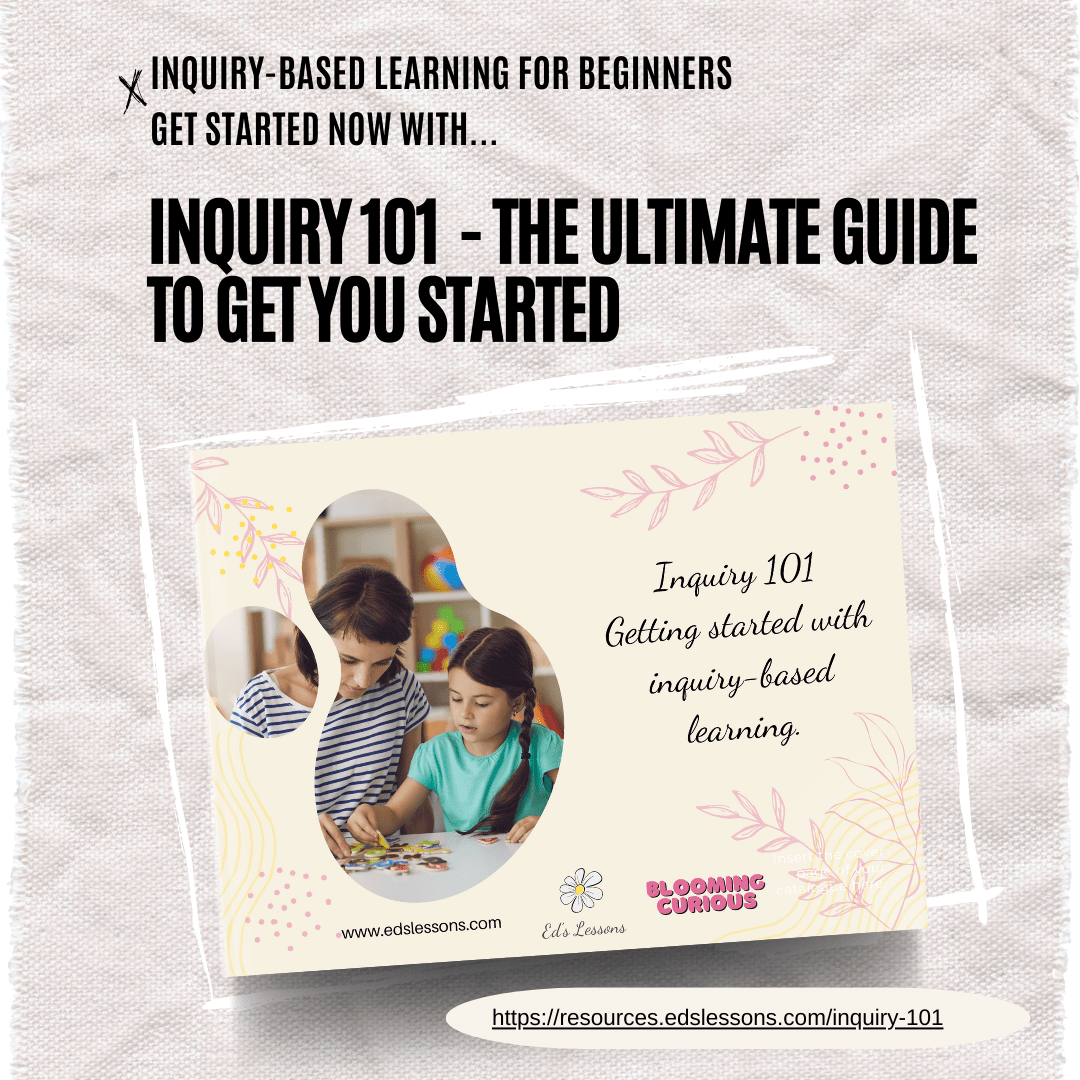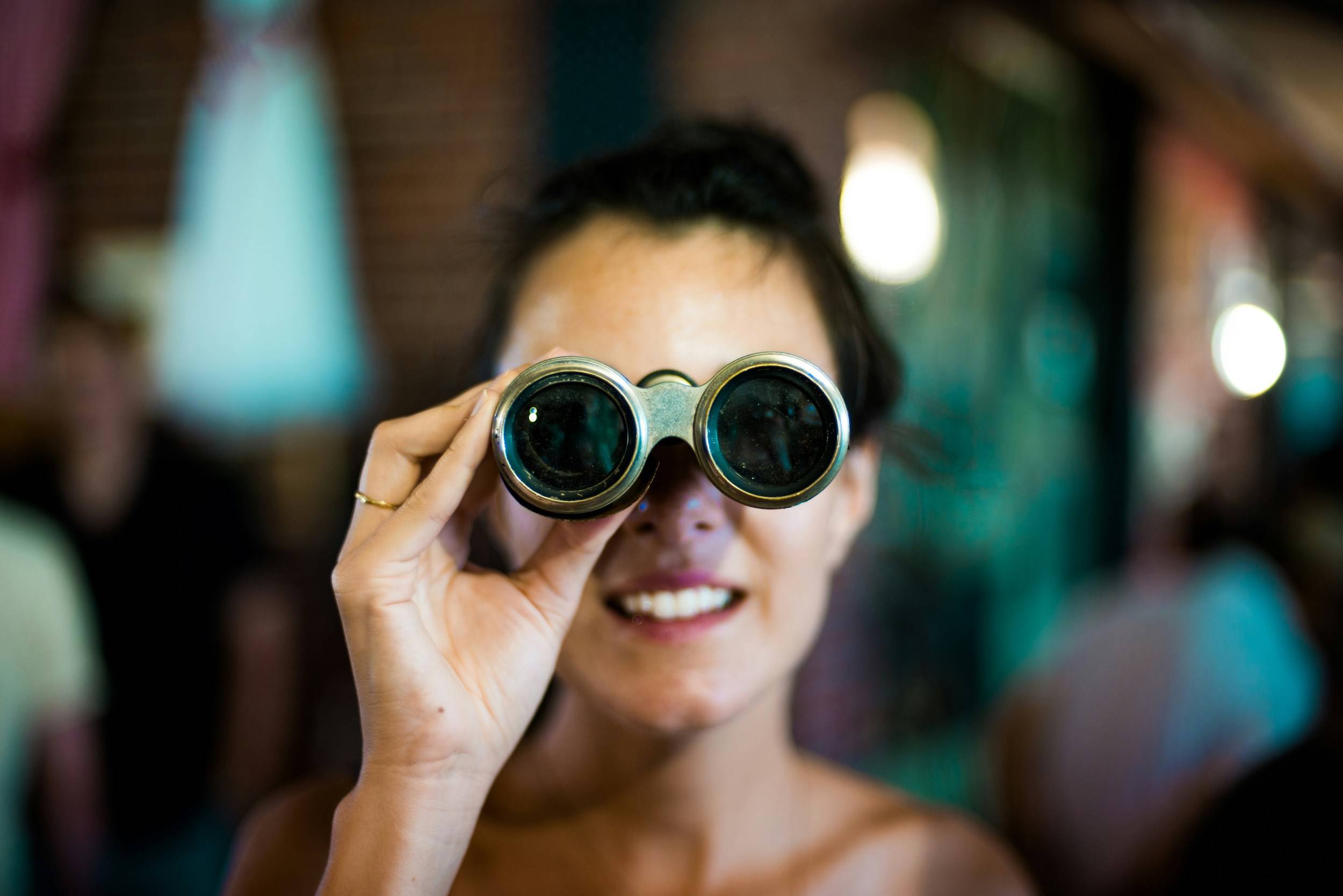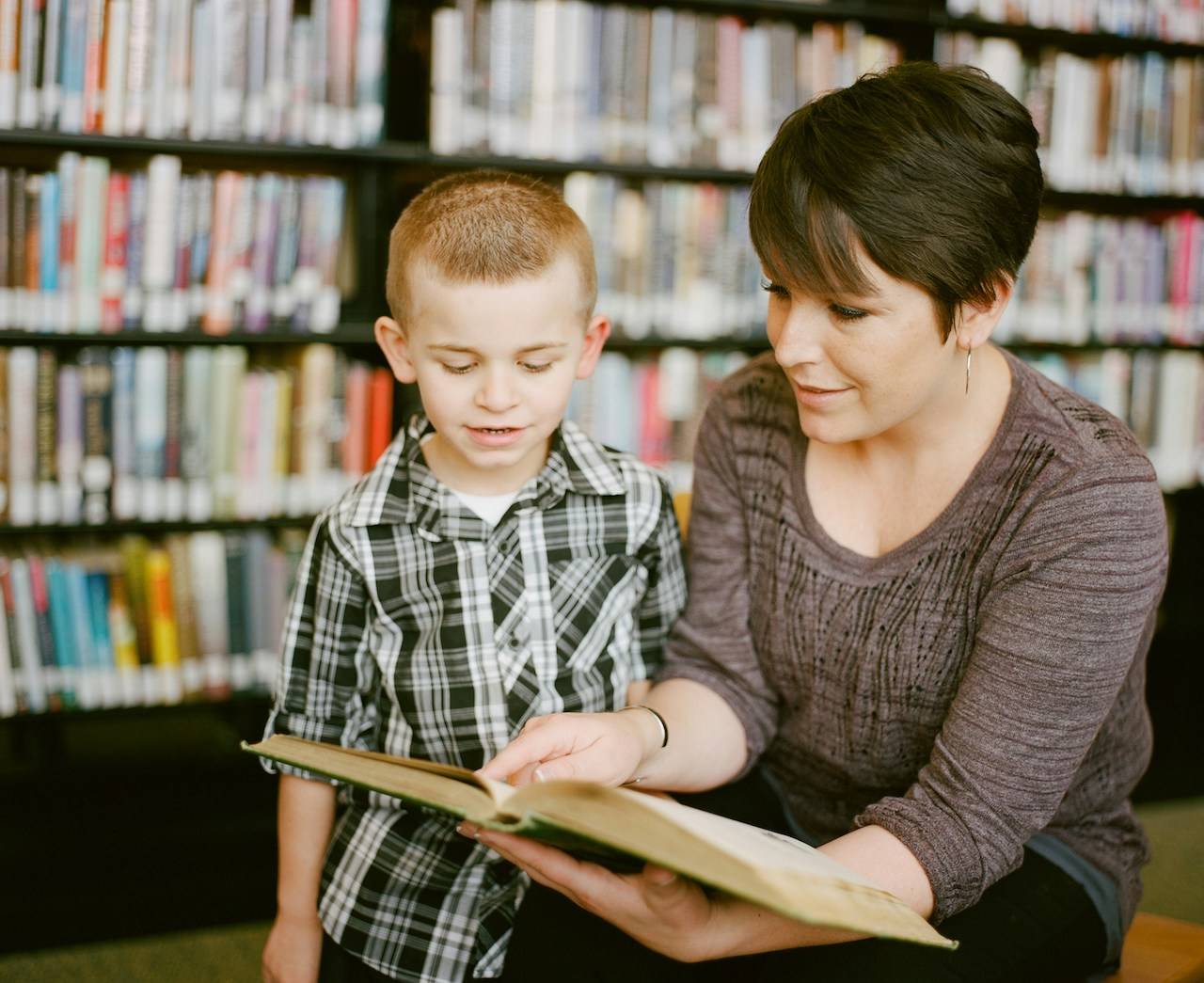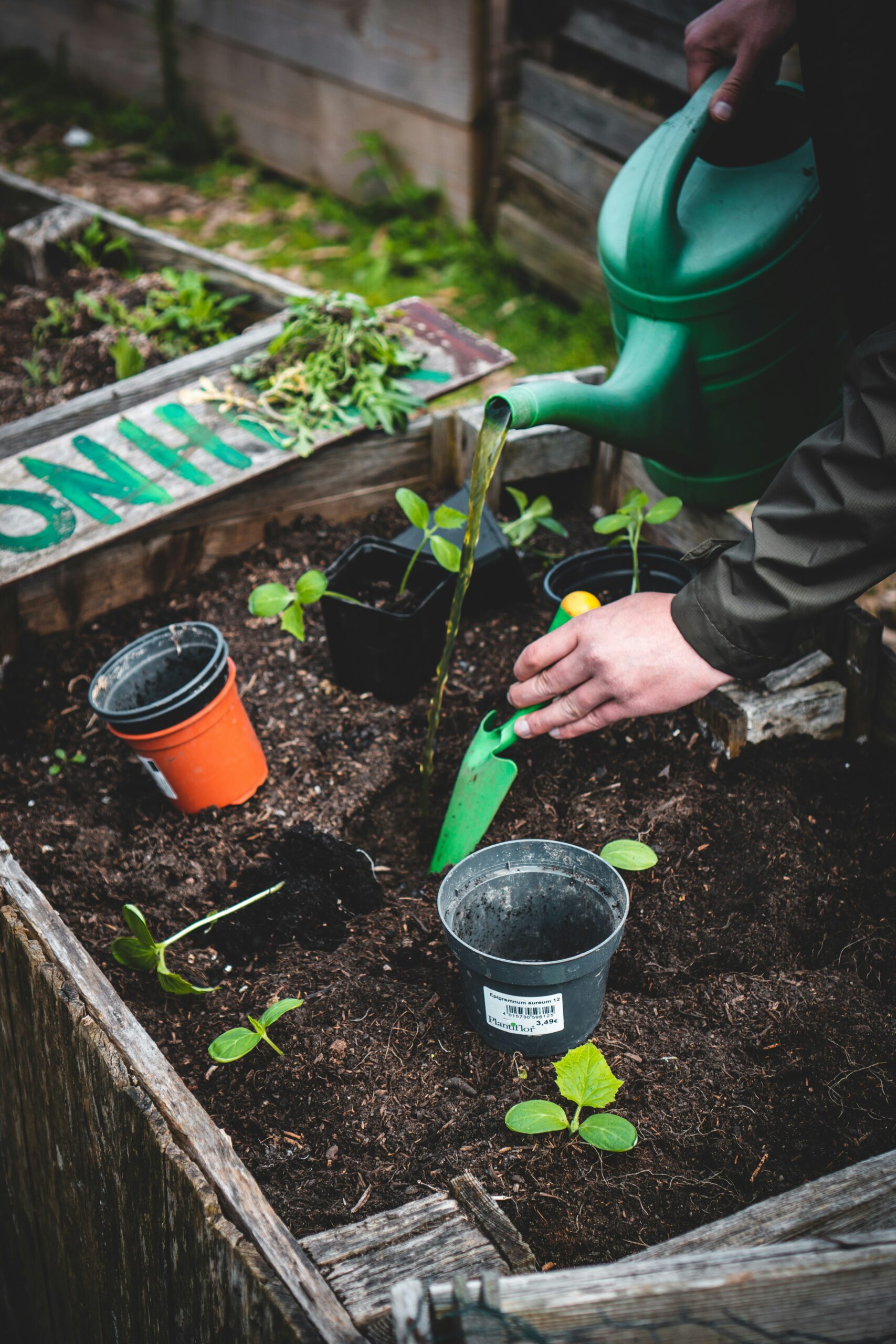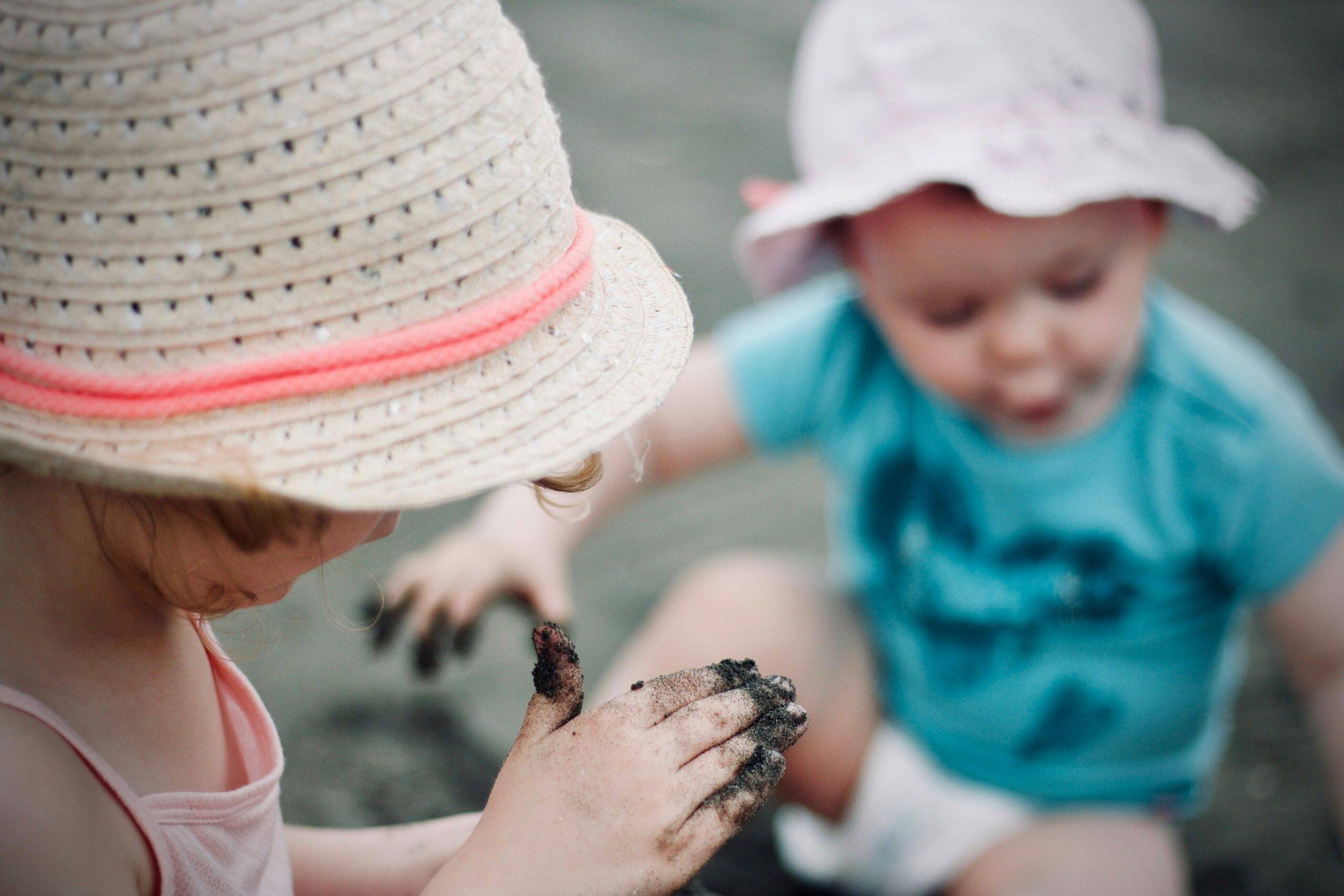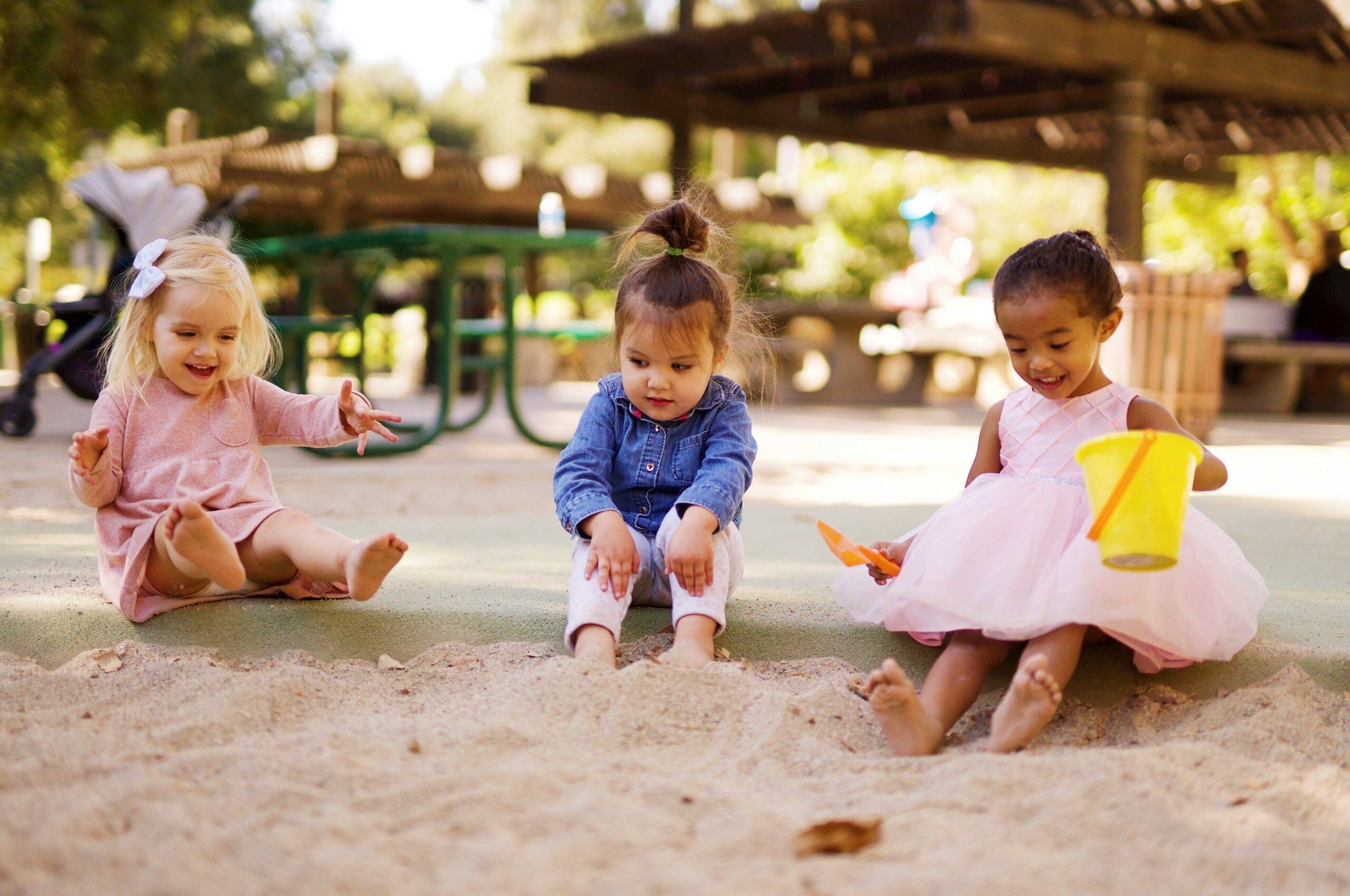Some of the links below may be affiliate links. This means that, at zero cost to you, I will earn an affiliate commission if you click through the link and finalise a purchase. All product recommendations are products that I have used and loved, or products that I would recommend based on experience.
As part of our Getting Started series on the podcast (which started with Episode 8), this post explores the art of creating an inspiring learning space that not only fosters curiosity, but also nurtures holistic development in our early childhood students.
Early childhood is a crucial phase, and the environment significantly shapes these formative years. Drawing inspiration from Reggio Emilia, where the environment is considered the third teacher, our aim, whether as educators or parents, is to establish a space that not only cultivates a passion for learning but also supports cognitive, creative, and physical development. As you stand there contemplating your space, ask yourself, “What does curiosity look like?” Our classrooms and learning spaces are opportunities to provoke curiosity, so how do we go about doing that?
Crafting the Physical Environment: Colours and Order
The colour palette of soft blues, greens, and earth tones creates a calm and focused atmosphere. One way of changing the colour of garish notice boards in classrooms is to cover them in hessian or burlap or even black cloth which creates a neutral backdrop to display students’ work and wonderings.
Leaving notice boards blank for the first day when students enter presents a unique opportunity to give children agency and get them involved in the contribution of the space.
The next step is to think about different learning zones within the classroom or learning space. Think about how to include reading nooks, play areas, and well-organized spaces which contribute to a sense of order. For students with neurodivergent needs, a calm and organized environment becomes paramount for effective learning. Students will need to be explicitly taught how to use the equipment and where everything goes including how and where to store equipment.
If you need some inspiration for setting up your space you can purchase Inspiring Play Spaces or browse around my Pinterest Folder for some images of inspirational play spaces that I have collected for inspiration for my own classrooms in the past.
An Important Note
While play may introduce a touch of messiness, it’s within this chaos that creativity thrives. Whether it’s allowing construction zones to remain, displaying “work in progress” signs, or incorporating technology to capture creations, messy play can lead to unexpected avenues of exploration.
Executive Function Skills: Beyond Tidying Up
Organized spaces and teachers play pivotal roles in developing executive function skills. Modelling organizational habits, teaching clean-up routines, and providing visual cues contribute to the acquisition of essential skills like time management and planning. Chaos is not conducive to calm or learning, so getting into a habit of having a well organised, tidy space is essential for learning and teaching children how to manage themselves and their belongings.
Open-Ended Materials: Unleashing Creativity
What type of materials should you have in your space that will unleash creativity? While dolls and trucks have their place, open-ended materials such as building blocks ( that includes Lego and Duplo), art supplies, natural materials like seed pods, sticks and stones, and sheets of fabrics take centre stage. These materials transcend limitations, allowing children’s imaginations to soar. Regularly refreshing these resources ensures a dynamic environment, keeping the spark of curiosity alive.
Provocations for Inquiry: Inviting Exploration
How do we provoke exploration? Imagine a nature-inspired table adorned with nests, animal bones, feathers, drawing materials and relevant books, or an art station brimming with framed art works, books and supplies ready to create endless possibilities. These intentional setups act as provocations, enticing children to explore, question, and investigate—an invitation to embark on a journey of discovery.
For some creative ideas and provocations this book Provocations for Learning in Early Years Settings by Margaret Longstaffe is a great start. Also remember that a simple walk in nature or browsing around second hand shops are great options for finding interesting and affordable provocations that will spark children’s interest and curiosity.
When we invite exploration, what we’re doing is inviting children to think, wonder and question. This is the basis of inquiry-based learning. Inquiry based learning is a great way of integrating exploration into your explicit lessons, teaching children not only to be curious, but also how to find the answers to their questions.
If you’ve been reticent to include inquiry or perhaps, you’re not sure how you will fit it into your already crammed timetable, then this guide will show you step-by-step how to start integrating inquiry into your lessons So click on the image below to get my step- by step guide that will guide you through the process of seamlessly integrating inquiry into your lessons. It’s the best strategy I know of to get kids interested in learning and meet curriculum requirements.
Wouldn’t it be helpful to have a checklist so you can tick off all the important considerations for creating an inspiring space for your young learners? Download your free helpful checklist by clicking on the pink font.
Fostering Children’s Agency: Empowering Independence
Granting children, the autonomy to make choices about their space and materials, cultivates a sense of agency. Allowing them to showcase their work and contribute to the design of the learning environment empowers them to actively participate in their learning journey.
Instead of displaying 25 identical yellow duck paintings for example, why not allow children to decide on their own water bird or perhaps they can all create ducks but have the option of using different materials. This approach allows true individualisation and agency, and isn’t that more interesting for everyone, including the environment? Isn’t this type of display going to act as a provocation in itself, where we can have discussions around art materials and inspiration?
I’d like to introduce you to a poem by Helen Buckley called The Little Boy. It’s a powerful and timely reminder of what a lack of agency can do to a child’s creativity. So please click on the pink link and read it – it’s a real eye opener!
Concluding with Practical Tips
Here are some practical tips for creating an inspiring indoor learning environment:
- involve children in the setup process, and promote children’s agency to foster a sense of ownership
- observe and adapt the environment based on their interests, and your HaSS and Science topic
- acknowledge the dynamic nature of the learning environment,
- and keep things simple but interesting
If you found any part of this post helpful, then please share it with someone else that might benefit from it.
Before you go, subscribe below to Get Blooming Curious my monthly newsletter, that way you’ll receive updates and be kept in the know about all things curiosity and inquiry
Click the image below to download your free checklist.
Do you have a question you would like addressed in future podcast episodes? Leave a voice message below.

